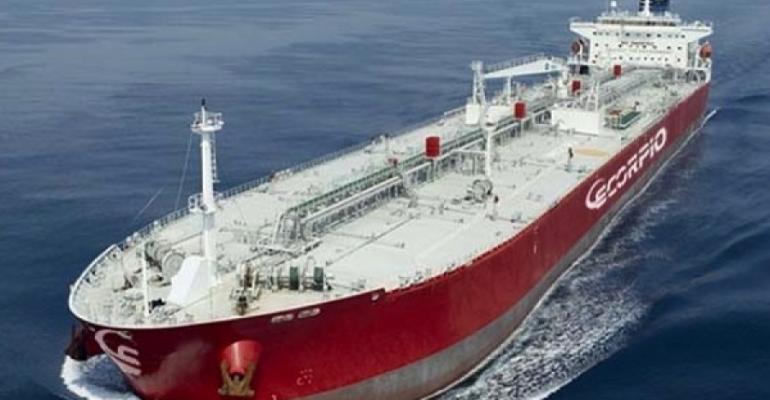Most notably in an about face from a position of several months back, two large listed entities, Scorpio Bulk (SALT) and Scorpio Tankers (STNG) have announced their decision to install “hybrid ready” scrubbers. This project is very much a work in progress; tersely worded regulatory filings suggested that financing needs would be “material” but little else. A Scorpio executive, speaking at a late September industry gathering, filled in a few of the blanks, saying that more than 100 vessels would be retrofitted, with the timeframe stretching into mid-2020.
Raising finance should not be a problem for the Scorpio companies. A competitor on the dry side, Star Bulk (SBLK), which came onboard the scrubber trend earlier this year, had put a price tag of circa $2m each on scrubbers, which if correct, suggests a capex lump for the Scorpio entities of around $200m.
FREE DOWNLOAD - 2020 Sulphur Cap: Is the industry ready for the long-run?
The Scorpio companies have recently raised liquidity through sale/leaseback transactions, as well through conventional bank credits; in early October, SALT announced a $90m finance deal with a banking stalwarts Nordea and DVB. In the days following the scrubber news release, STNG announced that it would be raising $250m, in a new common shares offering. BofA Merrill Lynch, and BTIG, LLC, a new player making a big splash on the ship finance scene, are acting as joint book-running managers and Clarksons Platou Securities, Inc. is acting as Senior Manager for the Offering.
On the equity side, it would seem that scrubbers have been salutary, at least in the case of SBLK. In an early September piece recommending SBLK shares, JP Morgan analyst Noah Parquette wrote: “We view the commitment to install scrubbers in the full fleet as highly bullish” adding that: “Commitment to install scrubbers on 100% of fleet should increase cash flow growth and also provide downside support.”
Read more: Seanergy Maritime urges owners to pass on cost of scrubbers to charterers
This development, with Scorpio reportedly alluding to business benefits of scrubbers, and perhaps positive reactions from the analyst community, provides considerable grist for the cynics among us. Three months ago, Scorpio had publicly expressed caution about scrubbers, noting uncertainties about the availabilities of both the actual scrubber kit, and fuel - price, availability and suitability for engines.
Read more: Scrubber numbers surge to 1,262, but not a solution for all shipowners
In an industry where memories are very short, it’s worth a reminder that actual hire differentials actually earned by “eco-ships” (especially MR tankers), were dwarfed by Scorpio’s 2012- 2013 claims of vast benefits circa $4,000 per day advantages, in the time charter marketplace, once all the vessels were delivered few years later.
The business benefits of scrubbers seem to be real, with bigger benefits accruing to bigger fuel thirsty vessels. In a just released report, JPM analyst Noah Parquette delved deeply into scrubber issues, including finance. He observed that “Payback period for scrubber is based on vessel type but is very low, ranging up to three years for smaller ships (at $200 per ton fuel oil spread). Larger ships have lower payback periods.” Additionally, he calculated that: “Scrubber NPV is very attractive, in our view. Assuming $5m for a scrubber on a VLCC, IRR is 64% over five years at $200 per ton differential, unfinanced.”
Sign up for the seminar - Can going green save the green? - at Seatrade Maritime Middle East
For comparison, around the New York ship finance conference circuit, attendees have been known to salivate when IRR (internal rate of returns) of 15% or more are proffered.
However, future developments may not comport with calculations. The aforementioned fuel market uncertainties have not abated - if readers have any doubts, just watch how many times the phrases “game changer”, “new paradigm” appear in the shipping press when the discussion turns to anything 2020.
Copyright © 2024. All rights reserved. Seatrade, a trading name of Informa Markets (UK) Limited. Add Seatrade Maritime News to your Google News feed.


